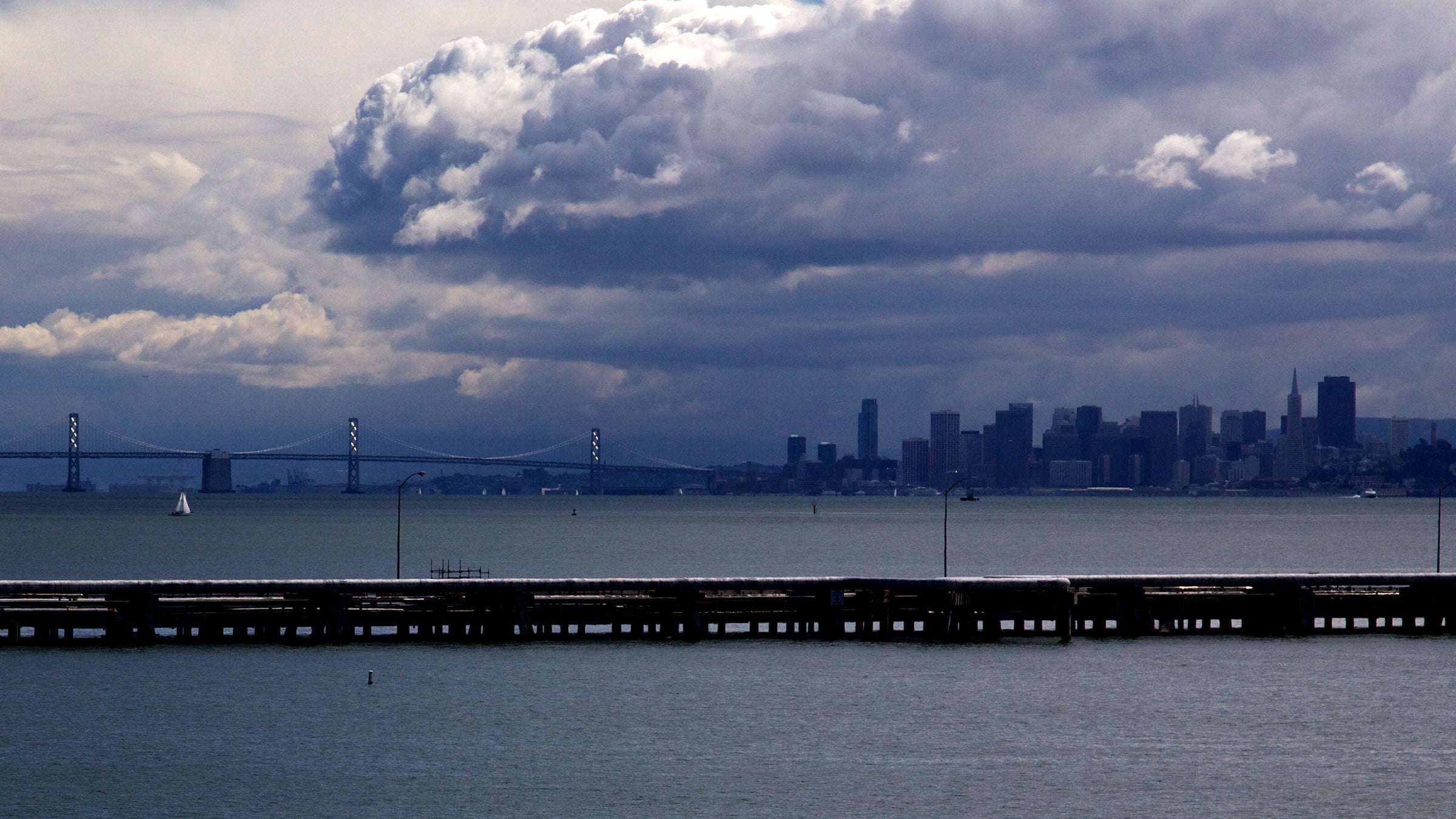A crew of 18 scientists from NOAA, the Department of Energy, and Howard University will sail a ship into an oncoming storm to collect data that could be useful in alleviating California’s drought.
The team plans to study a phenomenon called , narrow ribbons of water vapor that can stretch thousands of miles and are capable of carrying 15 times the water of the Mississippi River through the sky, . The study is part of NOAA’s , which focuses on the effects of atmospheric rivers and aerosols on precipitation in California. The team will also study the phenomenon’s tendency to cause severe flooding.
Scientists aboard NOAA’s 274-foot research ship, called the Rohald H. Brown, will head off the coast of San Francisco to intercept the storm. The city hasn’t had rain for 43 days. The last atmospheric river relieved one of the worst two-year droughts in California’s history but also caused devastating flooding along Northern California’s Russian River.
“[Atmospheric rivers] are responsible for 40 to 50 percent of the rainfall in many areas of California,” NOAA Chief Mission Scientist Chris Fairall told CBS. They cause a number of these storms in Northern California, but it would take up to five of them to make a significant impact on the drought. California residents need better forecast infrastructure to prevent flooding and to take advantage of rainfall.
“That’s why we’re studying these sometimes dangerous storms,” said NOAA scientist Ryan Spackman . “With better understanding of the structure and evolution of atmospheric rivers, we can improve forecasts and better prepare communities.”


